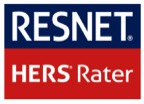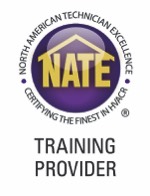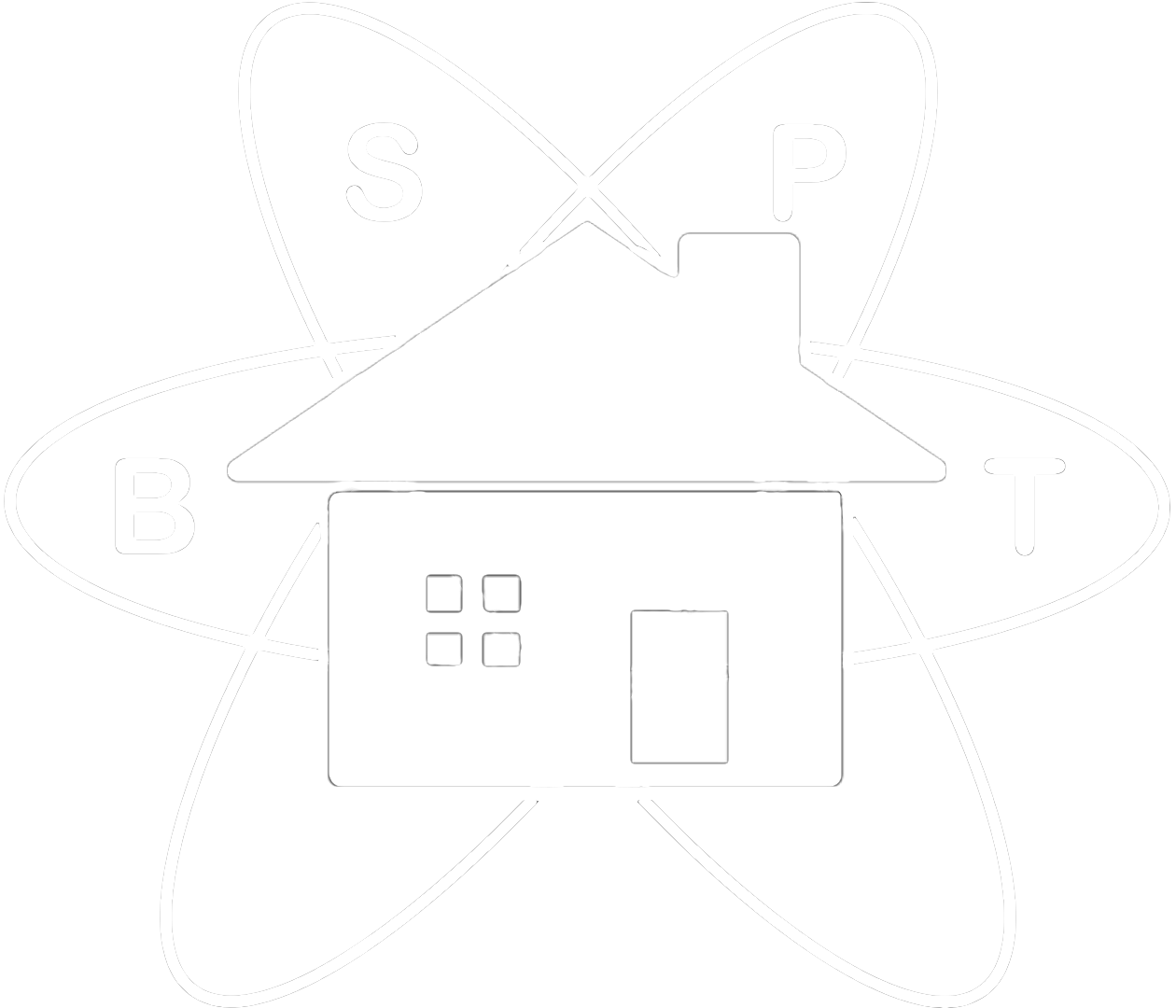
BSPT is committed to provide training that isn't only comprehensive but it's actually informative and an enjoyable experience. One of the things that sets BSPT apart is that we are available to provide support for candidates that have completed our trainings long after they've left the classroom.
Building Performance Institute Inc

BPI stands for Building Performance Institute. BPI- certified professionals use building science, combustion safety, and blower door testing to solve heating, cooling, and air leakage problems that are driving high energy costs for homeowners. This knowledge also helps meet state building code requirements.
Building Analyst Certification (BA) is proof that a home performance contractor is skilled at using building science knowledge to diagnose energy-related problems in the home. This energy auditor certification relies on visual inspection, blower door testing, and combustion appliance safety testing to ensure a safe and energy-efficient dwelling for home occupants. BPI Building Analysts evaluate uncontrolled air leakage and identify heating and cooling problems that lead to high energy costs, health problems, and occupant discomfort.
Infiltration and Duct Leakage (IDL) certification is a single measure certification that meets 2009/2012/ 2015 IECC code compliance for builders, contractors and code officials who must perform duct leakage testing, and/or blower door tests on new construction or renovations to existing properties. Passing the exam (field exam only) verifies the candidates can conduct duct leakage testing and blower door tests to the ASTM E1554-07 standard and awards the candidate with the BPI Infiltration and Duct Leakage (IDL) Certification.
Healthy Home Evaluators (HHE) conducts an in-depth home assessment and environmental risk analysis. The BPI HHE assesses the risk of key home-based health hazards including indoor air quality, asthma triggers from dust, moisture and mold, Volatile Organic Compounds (VOCs), lead-based paint, asbestos, radon, carbon monoxide leaks, as well as potential fire hazards, trip and fall hazards, and pest management issues.



HVAC Duct Design (ACCA Manuel D) The ACCA Manual D - Residential Duct Systems Design will be covered in depth and attendees will learn how to design a ducted distribution system to extract the proper amount of air out of the equipment and deliver it to the areas to be heated and/or cooled. Specific topics include: airflow basics; choosing a blower; creating comfort using the ACCA Manual D-Residential Duct Systems Design; and testing and balancing.


